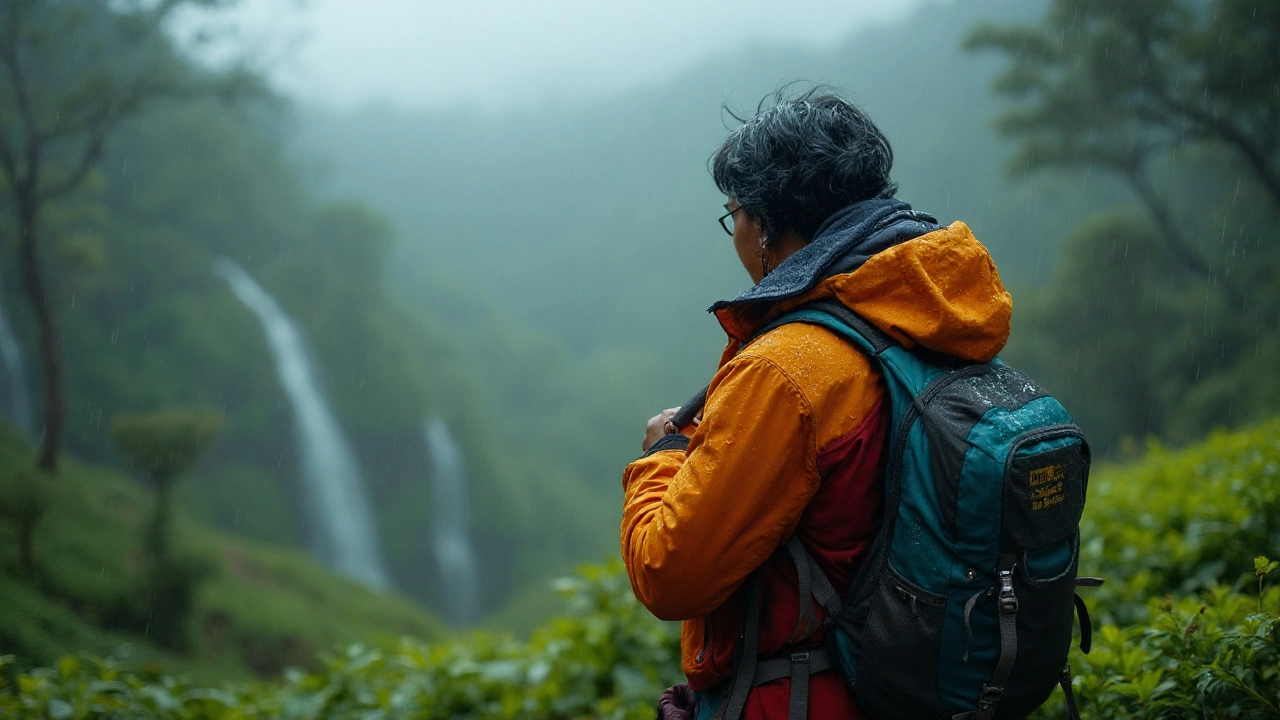SEARCH
3‑Layer Rule for Hiking: Your Quick Guide
Ever started a trail and wished you could just add or remove a piece of clothing and feel instantly better? That’s the magic of the 3‑layer rule. It’s a no‑nonsense system that keeps you warm when it’s cold, cool when it’s hot, and dry no matter the weather. Let’s break it down so you can pack smarter and trek happier.
Why the 3‑Layer System Works
The idea is simple: each layer has a job. The base layer wicks sweat away from your skin, the middle layer traps heat, and the outer layer shields you from wind and rain. When you combine them, you can add or drop layers without messing up the whole system. It’s like building a Lego set – each piece fits, but you can rearrange them as needed.
Putting the Rule into Practice
Base layer: Go for lightweight, moisture‑wicking fabrics like polyester or merino wool. A snug shirt and leggings work best. Avoid cotton – it holds sweat and chills you down.
Insulating layer: This is your heat keeper. Fleece jackets, down vests, or synthetic jackets do the trick. Choose something you can zip up or down quickly. If you’re on a warm day, a light fleece might be enough; for colder climbs, a down jacket adds serious warmth.
Outer layer: Think raincoat or windbreaker. Look for breathable fabrics with a waterproof rating (e.g., 5,000mm or higher). This layer blocks wind, spray, and sudden downpours while letting the sweat from the base layer escape.
Now, how do you decide what to bring? Start with the weather forecast, but remember mountain weather changes fast. Pack a base plus a thin insulated layer for mild days, and add a heavier insulated and a waterproof outer for colder, wet conditions. If you’re unsure, err on the side of a lighter inner layer and a robust outer shell – you can always add extra warmth.
One common mistake is over‑packing. Carrying a bulky sweater you’ll never use adds weight and slows you down. Stick to versatile pieces: a zip‑up fleece works as a mid‑layer or light outer on milder days. A waterproof shell can double as a windbreaker when it’s dry.
When you start climbing, pay attention to how you feel. If you’re sweating, peel off the insulating layer. If you’re shivering, zip it back on. The goal is to stay dry – wet skin cools quickly and can lead to hypothermia.
Don’t forget accessories. A hat, gloves, and neck gaiter are part of the system. Use a moisture‑wicking headband under a beanie for extra warmth, and choose gloves that fit under your outer shell without trapping too much heat.
Test your setup before a long trek. Wear all three layers on a short hike and see how easy it is to add or remove them. Adjust the fit if anything feels too tight or bulky. A well‑planned 3‑layer kit feels like a natural extension of your body, not a burden.
Bottom line: the 3‑layer rule keeps you comfortable, saves weight, and lets you adapt to changing conditions on the fly. Master it once, and every hike becomes a smoother, more enjoyable adventure.

3-Layer Rule for Hiking: Base, Mid, Shell Explained With Real-World Examples
Understand the 3-layer rule for hiking: base, mid, and shell. Learn what to wear, how to pick fabrics, and how to adjust in changing weather with simple examples.
Continue reading